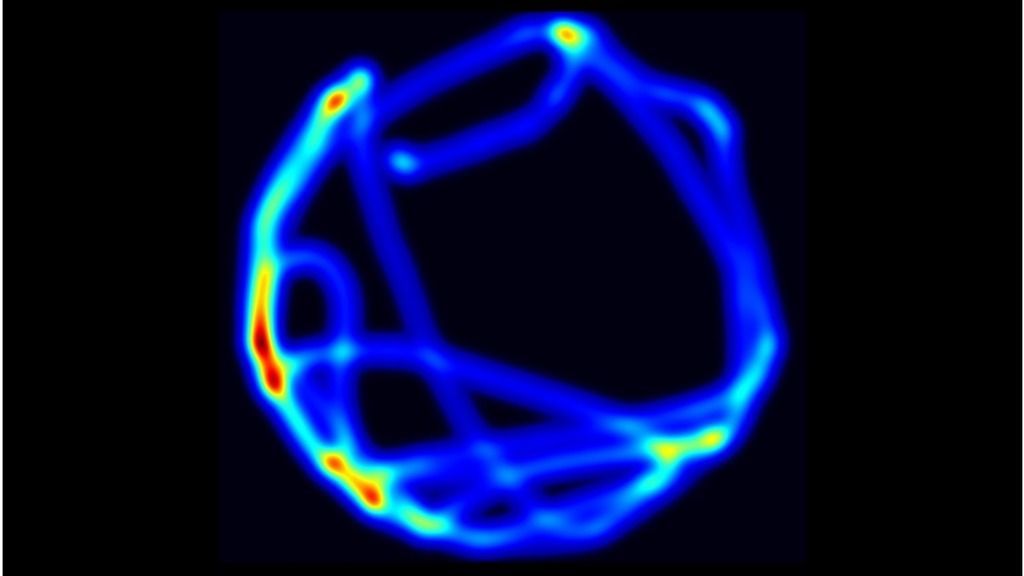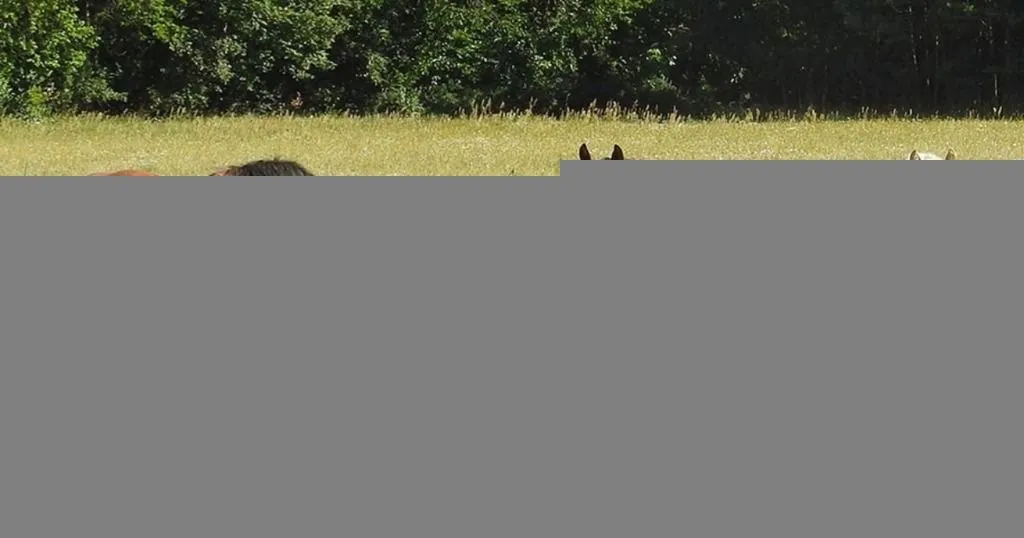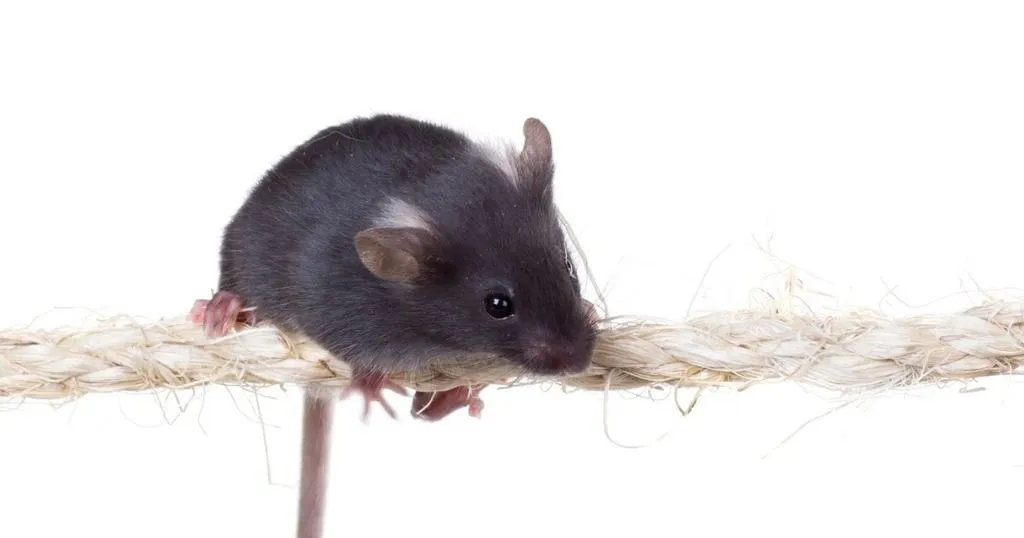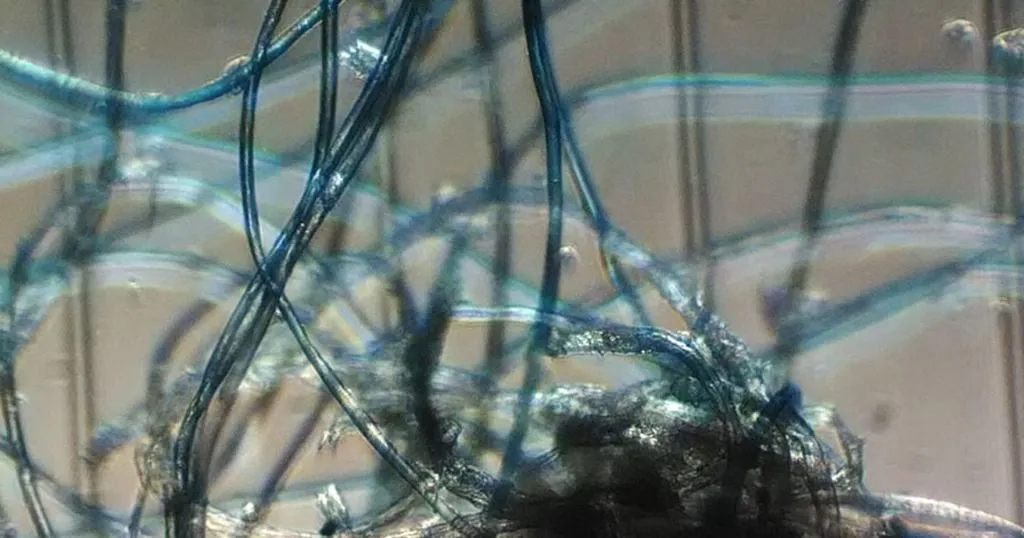Three examples of swimming rats in traumatic brain injury research (TBI)
The Morris water maze and EthoVision, a validated solution to investigate learning and memory in rats and mice.
Posted by
Published on
Fri 20 Jan. 2012
Topics
| EthoVision XT | Methods And Techniques | Morris Water Maze | Video Tracking |
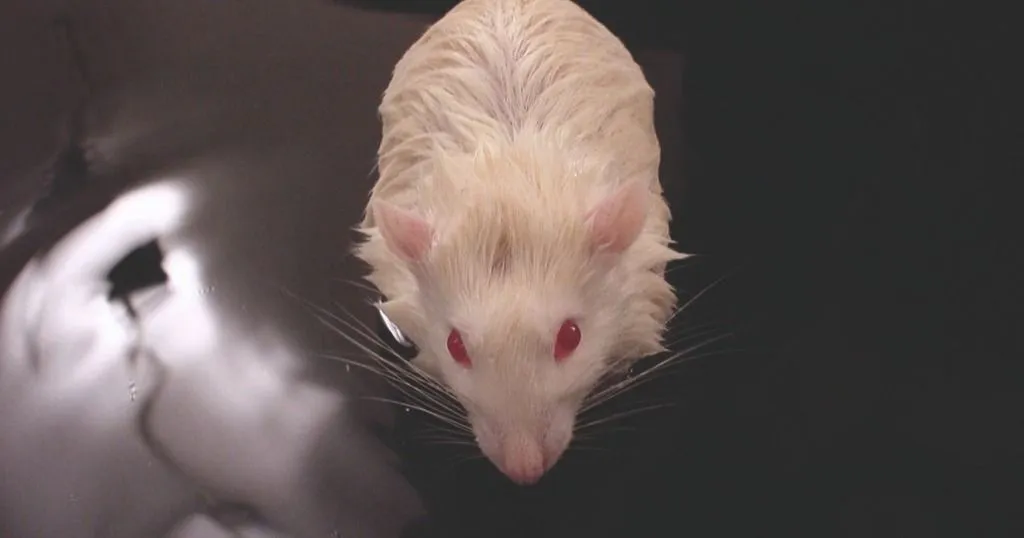
Studies with EthoVision XT and the Morris water maze test
The Morris water maze test is a well validated and often used tool to investigate learning and memory in rats and mice. This blog post elaborates on three studies from The Walter Reed Army Institute of Research in Silver Spring (Maryland, USA) that use the Morris water maze in combination with automated tracking software EthoVision XT.
At the Walter Reed Army Institute, scientists investigate TBI (a leading cause of death and disability in the USA), and established the PBBI model for TBI; penetrating ballistic-like brain injury in rodents.
In Shear et al. (2010) the focus is on advancing the test platform for longitudinal research on the PBBI model. When motor, sensory, and cognitive deficits are investigated, a Morris water maze test in combination with behavioral tracking software EthoVision XT is used for the latter.
PBBI rats showed thigmotaxic swim patterns, suggesting a general incapacity to switch to a good search pattern. After re-testing, they were able to find the platform increasingly faster, but they never made it up to the level of the control group.
When pre-trained in the Morris water maze before their surgery, PBBI rats performed as well as their control group following surgery. However, they remained behind again in a spatial reversal task when the platform was moved and they needed to learn the new location. In conclusion: PBBI rats show normal memory retention, but impaired spatial learning.
Sensitivity of the testing platform
In 2011 Shear et al. the same PBBI model is used to assess the sensitivity of the testing platform across a range of trauma severity levels, ranging from 5% to 12.5% of the rat brain volume. The Morris water maze - EthoVision XT solution was again used to determine cognitive impairment.
The results of this study were directly ranked by the degree of injury severity. The rats with the 12.5% injury rate showed the greatest cognitive impairment.
New animal model
In 2011, the same research group (Chen et al.) also proposes a new animal model of closed-head concussive-induced mild TBI; projectile concussive impact, or PCI. Using the same set-up, spatial learning and memory were tested. One hour after the PCI procedure, rats were given 12 consecutive trials and a probe trial. No differences were found between the test group and the control group.
Additionally, sensorimotor performance was tested using CatWalk, and here PCI induced gait abnormalities at 1 to 4 hours after PCI, some of which were still detectable a day later.
Read more about the use of EthoVision XT in water maze testing in this white paper.
References
- Shear, D.A.; Lu, X.-C.M.; Bombard, M.C.; Pederson, R.; Chen, Z.; Davis, A.; Tortella, F.C. (2010). Longitudinal characterization of motor and cognitive deficits in a model of penetrating ballistic-like brain injury. Journal of Neurotrauma, 27, 1911-1923.
- Shear, D.A.; Lu, X.-C.M.; Pederson, R.; Wei, G.; Chen, Z.; Davis, A.; Yao, C.; Dave, J.; Tortella, F.C. (2011). Severity profile of penetrating ballistic-like brain injury on neurofunctional outcome, blood-brain barrier permeability, and brain edema formation. Journal of Neurotrauma, 28, 2185-2195.
- Chen, Z.; Leung, L.Y.; Mountney, A.; Liao, Z.; Yang, W.; Lu, X.-C.M.; Dave, J.; Deng-Bryant, Y.; Wei, G.; Schmid, K.; Shear, D.A.; Tortella, F.C. (2011). A novel animal model of closed-head concussive-induced mild traumatic brain injury: development, implementation, and characterization. Journal of Neurotrauma, doi: 10.1089/neu.2011.2057.
